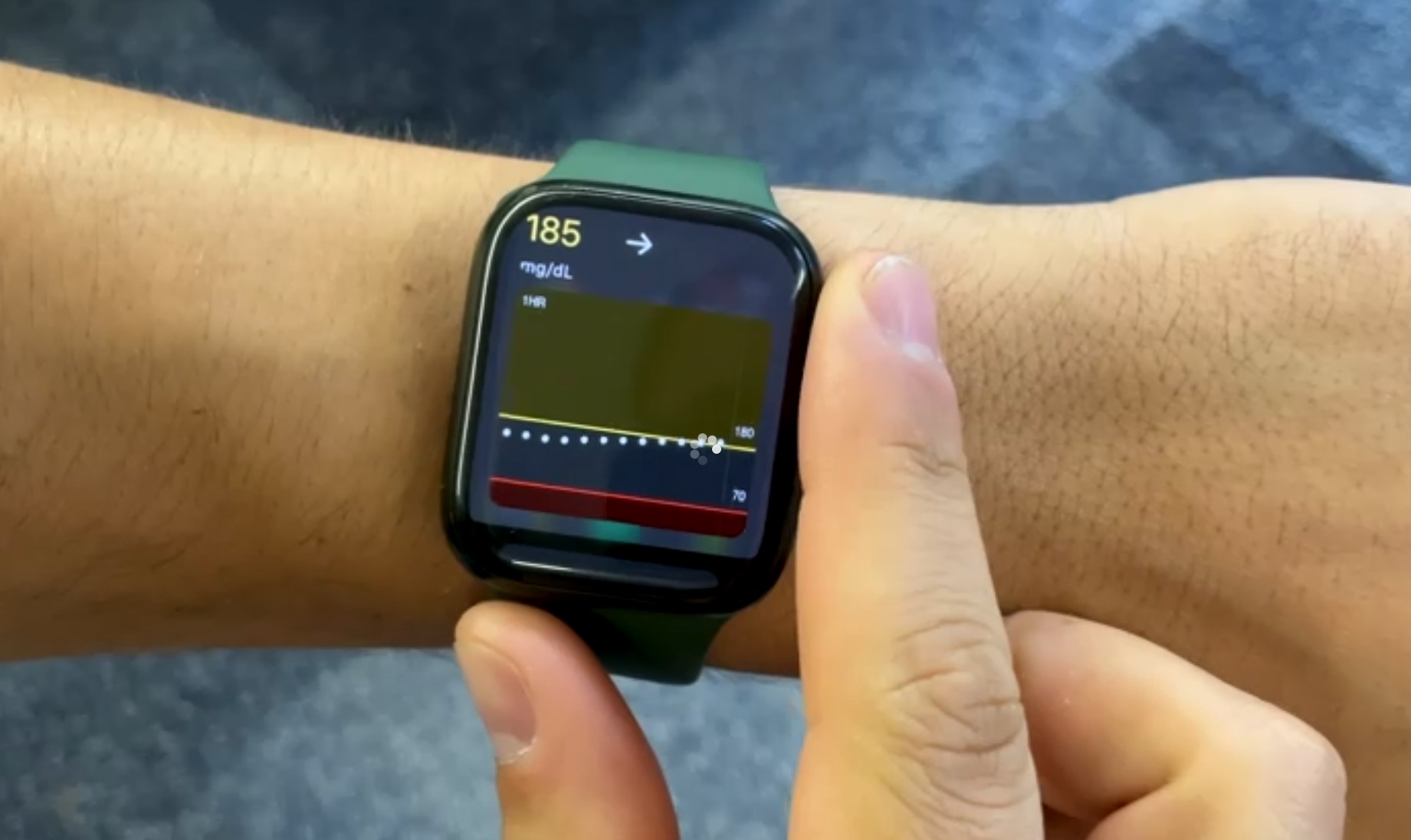CNET videographer and diabetic Justin Eastzer says that Apple Watch saved his life

Justin Eastzer, a senior video producer at CNET and a diabetic, credits his Apple Watch and a continuous glucose monitor (GCM) with saving his life. His Apple Watch alerted him to dangerously low blood sugar levels just in time, thanks to the CGM.
"I have type 1 diabetes and I am wearing a continuous glucose monitor (CGM) which monitors my blood sugar levels. If my blood sugar levels drop dangerously low, I can pass out or enter a diabetic coma. Fortunately, my CGM links to my watch and sends alerts in time before it's too late. This function may have saved my life not long ago," says Eastzer. "I woke up to an Apple Watch warning that my blood sugar was dangerously low. I ran to the refrigerator, got some orange juice, and drank it before passing out again. My sugar levels rebounded just a minute or two after I awoke, so I wasn't left in such a panic. That was one of the most frightening moments of my life, and because of my Apple Watch notifications, I was able to address the problem before it became critical."
A CGM is a type of continuous glucose monitor that typically consists of a sensor that is attached to the skin and takes continuous readings. Because it is worn on the skin, this technology differs from conventional blood drop sampling monitors in that it does not require sample taking at regular intervals. The reading can be triggered to sound an alarm if it is too high or low depending on how you use your device.
CGM presently requires a separate device, although one of the most persistent rumors regarding the Apple Watch is that the company is developing such an integration. Specifically, it's been claimed that Apple is attempting to implement this functionality non-invasively — that is, without puncturing the skin. This has been referred to as the "salvation" for diabetics because it represents a long-sought after goal. Since 2012, Apple has reportedly been working on implementing this technology in the watch.
A study in Nature last year suggested a different path forward. This would necessitate the usage of a separate product, but it is hoped that an Apple Watch with a battery-free transceiver can be permanently left on the skin to deliver wireless power. We created concept images depicting how this may look on the watch. There have been numerous accounts of Apple Watches being used to save lives in a variety of situations, ranging from detecting aFib through emergency alerts following a fall to allowing trapped people to utilize Siri to call for help.
Source: 9to5mac.com